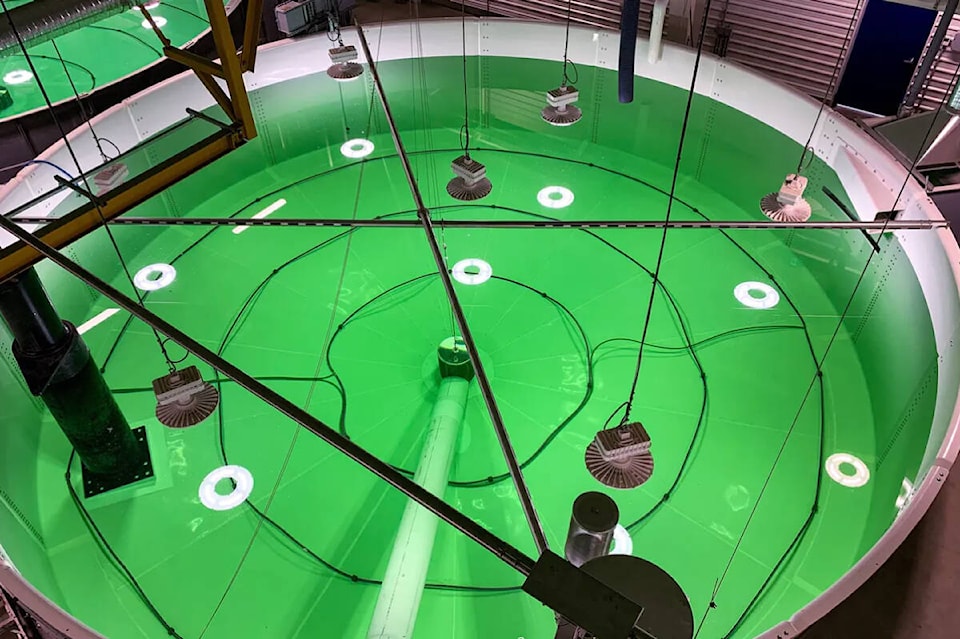Grieg Seafood BC Ltd. has announced its Gold River Hatchery expansion project is nearing completion.
The tanks in the new hatchery facility are now being filled with water, the first of three major milestones for the project, construction on which started in 2019.
“This is a huge achievement and allows the focus to shift from overall construction to what we do best at Grieg, which is raise beautiful, healthy salmon for Canadians, and provide a growing global demand for nutritious, sustainable, protein,” said Rocky Boschman, Grieg Seafood BC managing director, in a news release.
The $25-million project will double the facility’s smolt capacity and allow Grieg to explore keeping its fish in the hatchery longer, thereby reducing the time they require in the ocean, an approach known as “post-smolt farming.”
“This is part of our overall company goal of transitioning more of our production onto land,” said Boschman.
There are benefits to both wild and farmed populations if farmed fish are allowed to grow larger than 100 grams, the size at which Grieg generally has been transferring smolts to its ocean farms, he said.
“These benefits include the reduced time spent in the ocean, which minimizes the overall period during which wild and farmed salmon can interact,” he said. “It also has direct benefits for the farmed salmon, as by allowing the fish to grow larger on land and transferring them at a larger size to our ocean farms, the fish are better able to handle the transition from fresh to salt water, and are overall healthier as they are better able to resist the natural bacteria and pathogens found in the ocean environment.”
Smolt will be able to be grown up to one kilogram in size at the new facility, which will provide a capacity of up to 400 metric tonnes of fish. Combined with the capacity of the existing facility (500 metric tonnes), up to 900 metric tonnes of fish will be able to be produced at the site.
With the tanks now being filled, the hatchery’s team are now working to create the necessary healthy bacteria and water conditions required to support the growth up of to four million smolts.
The two remaining milestones for the project are the overall management system for the facility, set for completion in March, followed by the addition of the first fish in April.
“As a company, we would be interested in continuing to move forward with projects like these which help to improve our overall operation, create jobs and inject millions into the local economy,” said Boschman.
“We are hoping that by working with local Nations, the provincial government, and the Department of Fisheries and Oceans we will be able to help define what a transition for the industry will look like, and how we can look to invest and grow in that direction once we have industry stability, which will be required for any type of further investment in our operations.”
READ ALSO: Industry report: not renewing B.C. salmon farm licenses comes with $1.2 billion cost
New research sheds light on salmon survival in open ocean
editor@campbellrivermirror.com
Like us on Facebook and follow us on Twitter
